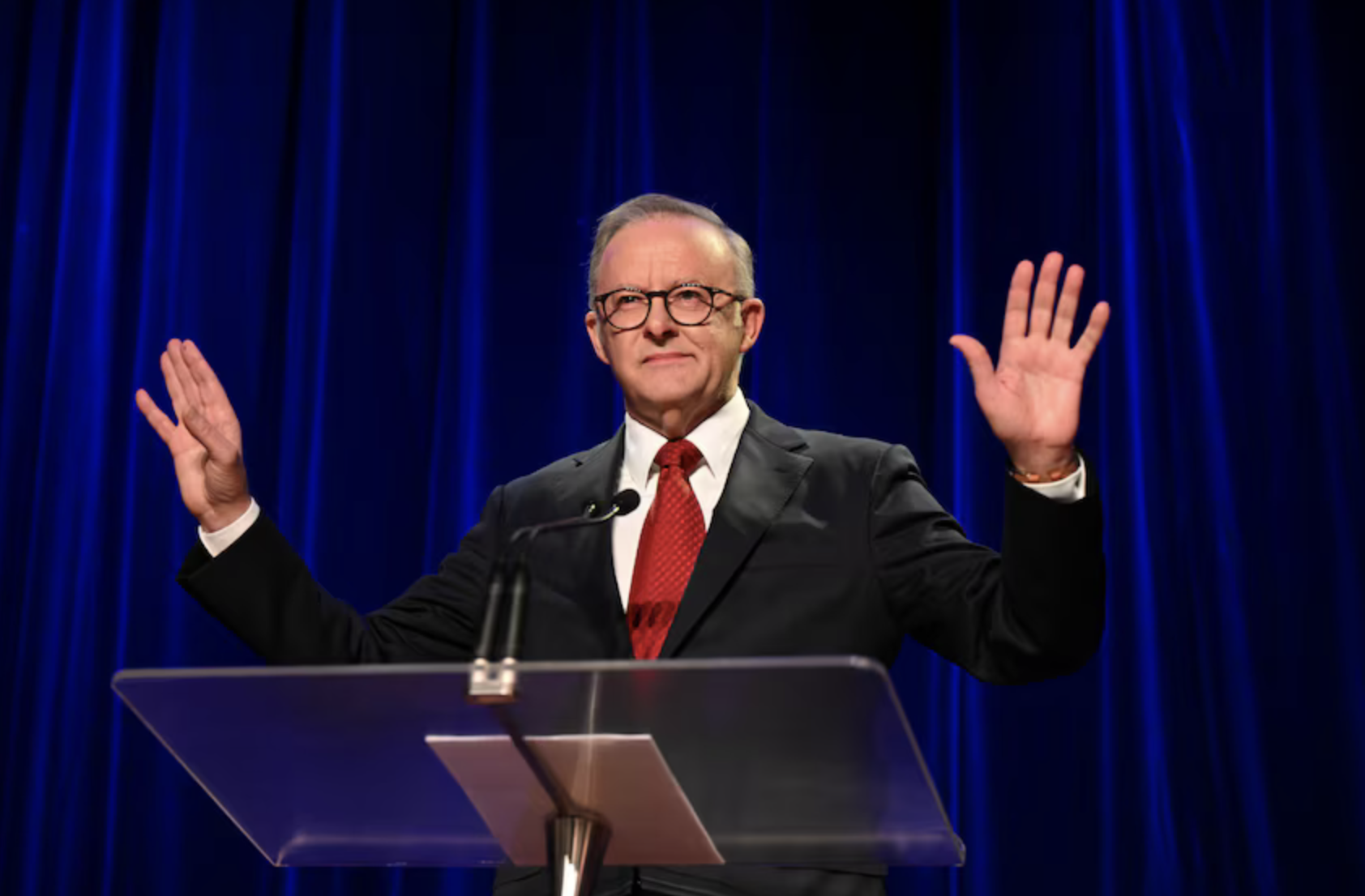The Rise of Minor Parties: What the 2025 Federal Election Reveals About Australia’s Changing Political Landscape
Australia’s Political Shift: Why Minor Parties Are Stealing the Spotlight in 2025
The dust has settled on the 2025 Australian federal election, and one thing is clear: the political landscape is shifting. For the first time in decades, minor parties—most notably the Legalise Cannabis Party—have captured national attention, winning unprecedented levels of first-preference votes across several electorates.
While the major parties still dominate government, the surge in alternative political voices signals a deepening public appetite for fresh ideas, grassroots activism, and change that reflects the concerns of modern Australia.
Who Is Driving the Minor Party Surge?
The Legalise Cannabis Party, once a fringe movement, now finds itself at the centre of national conversation. In multiple seats, the party secured more first-preference votes than the Greens and came close to overtaking traditional powerhouses. But they’re not alone—other minor parties such as the Animal Justice Party, Indigenous-led independents, and climate-focused coalitions also saw record engagement.
This shift is being driven by a diverse voter base:
Younger voters frustrated by slow progress on social issues
Regional communities seeking better representation and services
Urban progressives disillusioned with party-line politics
Together, they’re pushing for policy reform in areas like cannabis legalisation, mental health, climate action, and indigenous rights.
Why Are Australians Turning Away from Major Parties?
There’s a growing sense that the traditional two-party system no longer reflects the complexity of modern life. Australians in their 30s to 60s—many of whom are juggling mortgages, health concerns, job instability, and changing social values—are demanding more nuanced representation.
Key reasons behind the trend include:
Disconnection from everyday Australians
Stalled reform on pressing issues
Lack of transparency and accountability
Minor parties and independents are capitalising on this dissatisfaction by offering straight-talking campaigns, policy specificity, and community-based solutions.
What Does This Mean for Australia's Future?
If this election taught us anything, it's that no vote can be taken for granted. The major parties must now contend with:
A fractured Senate, making legislation harder to pass without crossbench support
Policy negotiation with a broader range of ideologies
A new era of accountability, with minor party MPs using social media to bypass mainstream narratives
This could usher in more inclusive, responsive governance—or create gridlock if ideological divides are not bridged.
Final Thought
The 2025 federal election wasn’t just about electing a government—it was a wake-up call to Canberra. Australians are no longer satisfied with politics as usual. Whether it’s the Legalise Cannabis Party or a new wave of independents, the message is clear: listen to us, or lose us.
📌 Tip: As a voter, this is your moment to stay engaged. Follow your local MP, support causes you care about, and make your vote count in shaping a more representative democracy.

